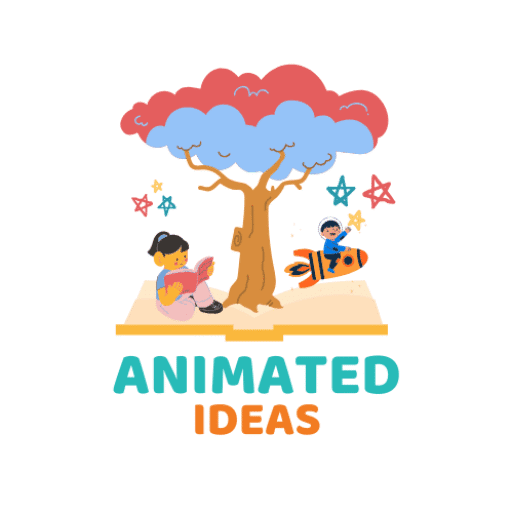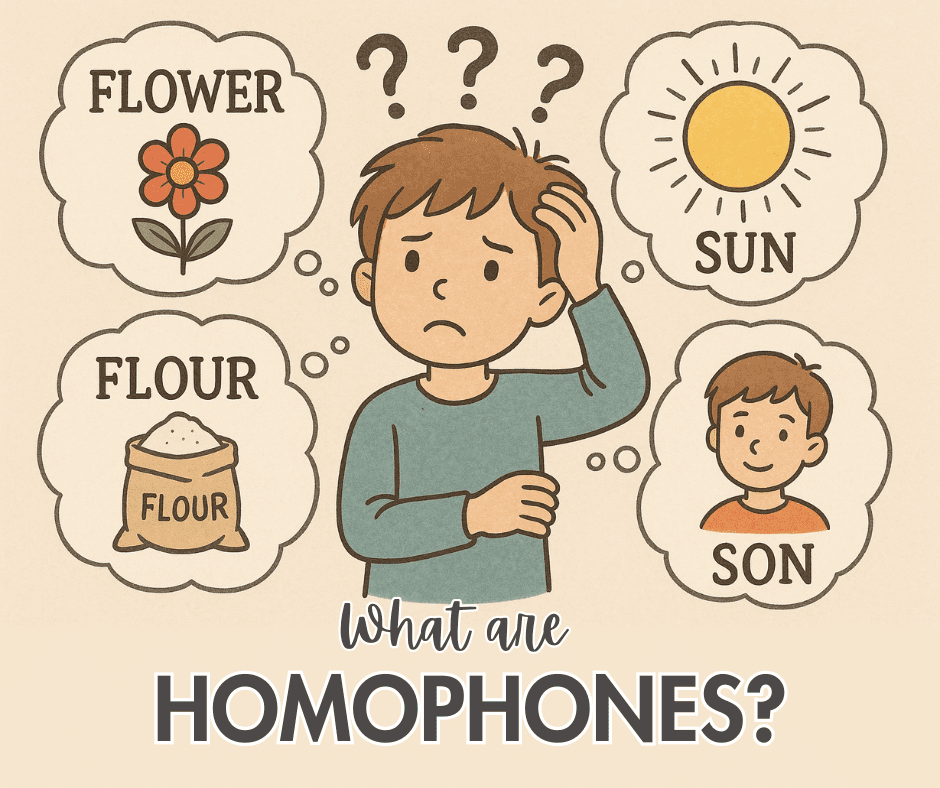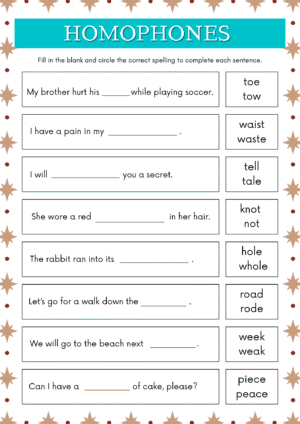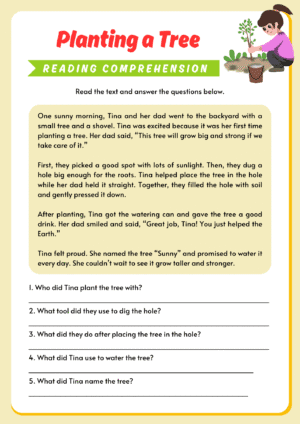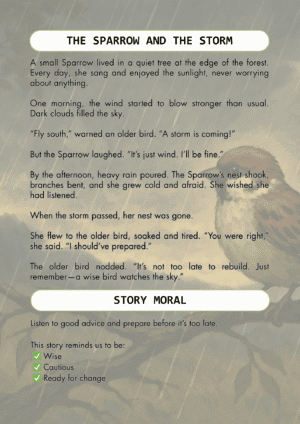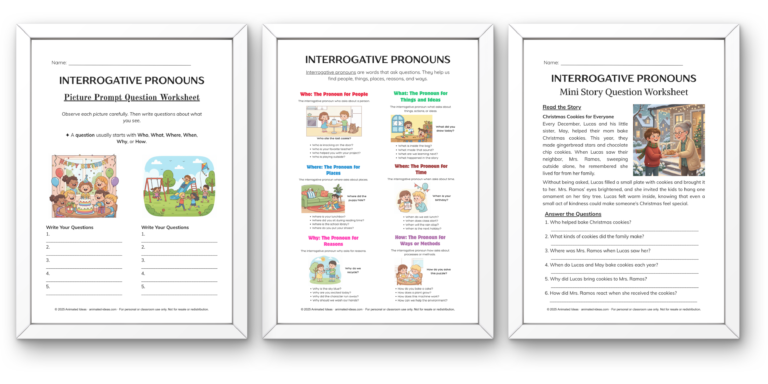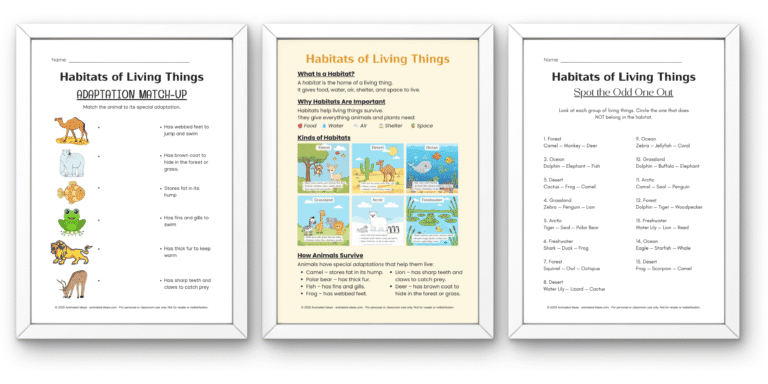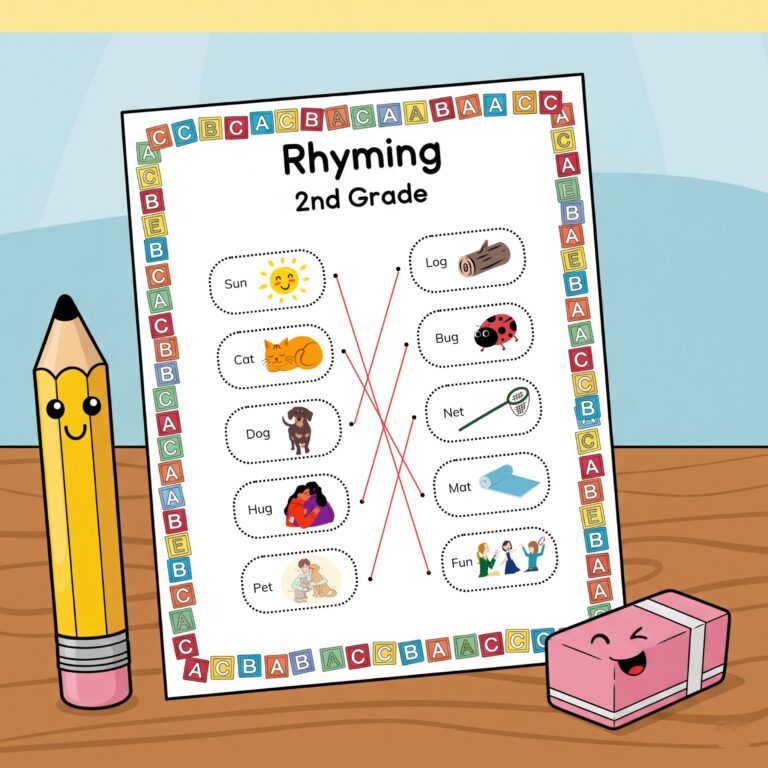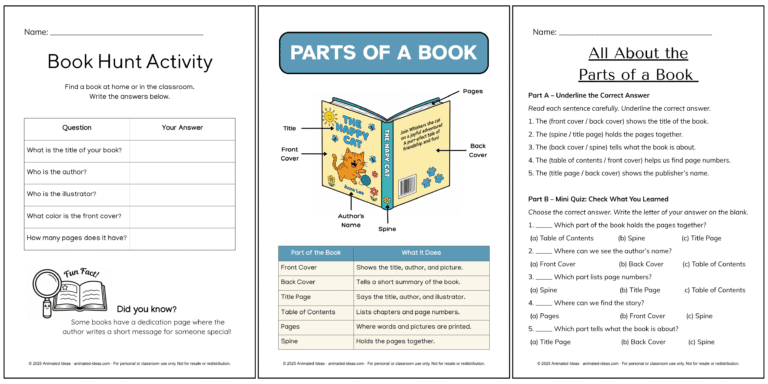What Are Homophones? A Kid-Friendly Guide to Tricky Word Pairs
As an English teacher and a mom, I’ve noticed that kids often get confused with words like to, too, and two, or their, there, and they’re. These words are called homophones – they sound the same but have different spellings and meanings. At first, it can be tricky, but with the right tools and a little creativity, helping kids remember them becomes fun and rewarding. Here’s what I’ve found really works!
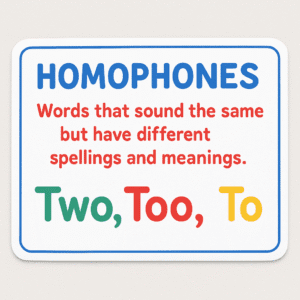
Start With Real-Life Examples
I always start with simple word pairs my son or students have already heard in daily conversations. Words like:
- Sun vs. Son
- See vs. Sea
- Right vs. Write
I let them say the words out loud and guess which one means what. It often leads to laughter and “aha” moments!
Use Pictures or Visuals
In my lessons, I love using pictures to explain tricky word pairs. A drawing or photo makes the meaning clear instantly. For example:
- Bear (the animal) vs. Bare (no clothes)
- Flower (the plant) vs. Flour (used in baking)
Seeing the word used with a visual makes it stick better for visual learners.
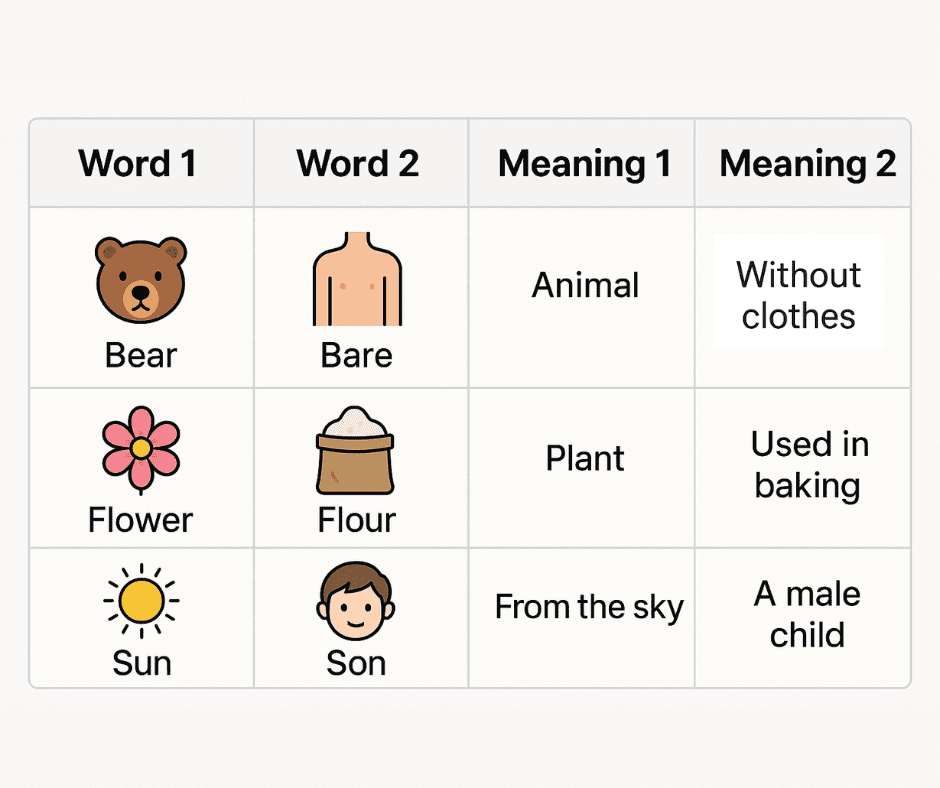
Create Word Cards or a Matching Game
One thing my students always enjoy is turning homophones into a game. I create flashcards – some with the words, and others with their meanings or pictures – and the students get to match them. It feels more like a game than a regular lesson, and they remember the words much better this way.
If you’re looking for homophone flashcards, I would highly recommend this material. It’s fun, interactive, and perfect for helping kids learn confusing word pairs like bare and bear or knew and new. It works well for classroom activities, homeschooling, or even one-on-one tutoring. Plus, it’s a great way to make learning more enjoyable and memorable!
Make Sentences or Mini Stories
Sometimes I ask my students to create funny or silly sentences using both words. We’ve come up with gems like:
- “The knight saw the moon at night.”
- “She knew I had a new bike.”
This not only makes them giggle, but it helps them use the words in real contexts.
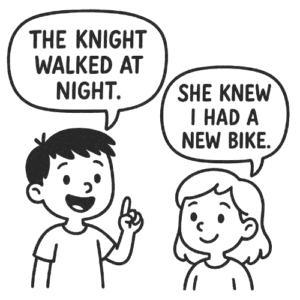
Use a Homophones Notebook
A fun idea I’ve tried is having the kids make their own homophones notebook. We fold the page in half:
- Left side: the word and a little drawing
- Right side: its meaning and a sentence
It’s their personal mini dictionary, and they love showing it off!
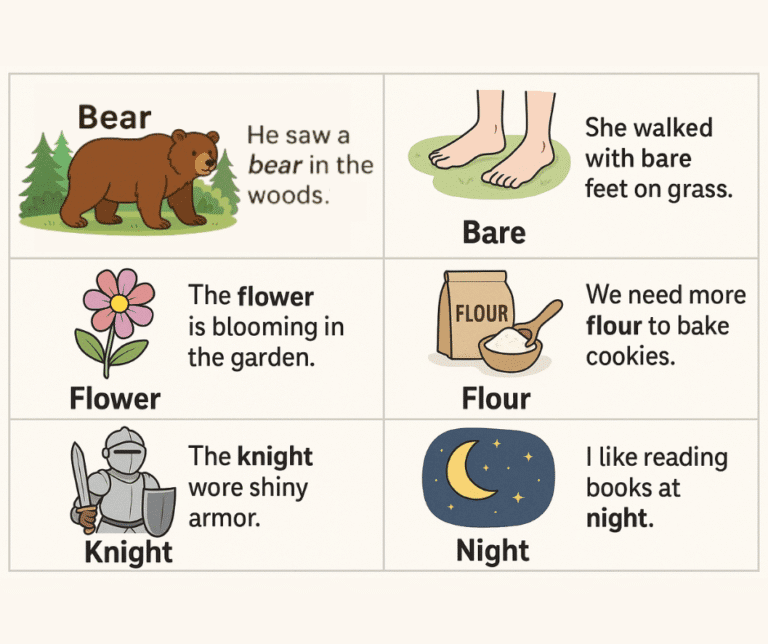
Practice with Worksheets
Worksheets are still a great way to reinforce what students have learned. I use printables with:
- Fill-in-the-blank sentences
- Word-picture matching
- Short correction tasks
It helps bring everything together.
If you’d like a free homophones worksheet, you can download it below. Or feel free to browse our library of resources to find more worksheets that suit your needs.
Final Tip: Don’t Overload Them
I’ve learned not to introduce too many pairs at once. Two or three pairs in one lesson is usually just right. We go over them again in the next session to keep them fresh. With visuals, games, and a little patience, they catch on quickly.
